
Fall is in the air. The garden is slowing down, and the days and nights are getting cooler. Before you know it, we’ll be reaching for our sweaters.
Unfortunately, as weather patterns change each year, that first foray into sweater weather can take gardeners by surprise. So, what do you do when you wake up to a frosty garden? Is it okay to harvest and eat those vegetables?
Frost Dates
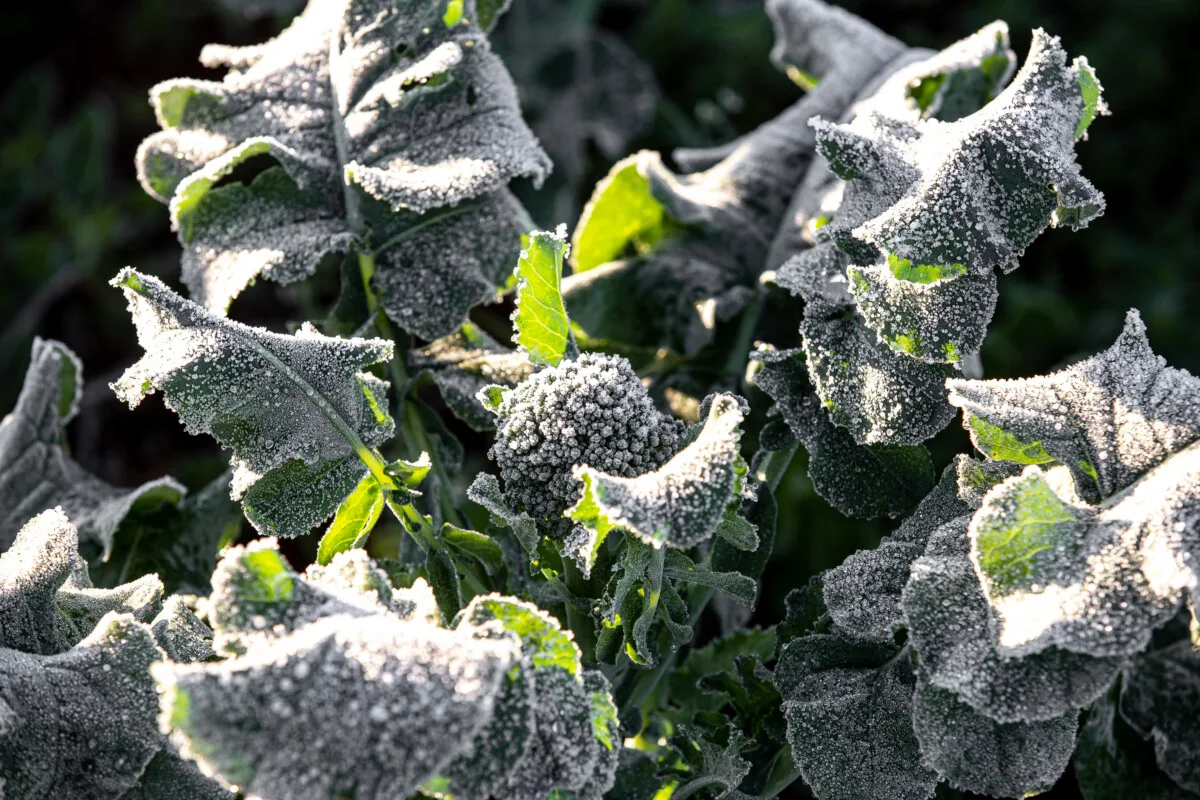
I don’t know about you, but I’ve given up on reliable first and last frost dates. These past few years, it seems as though Mother Nature has stopped playing by the rules. (Granted, they aren’t her rules to play by.) Those first and last frosts keep showing up further away from the projected dates, making it harder to know when to protect your garden.
It’s important to remember that regional frost dates are only estimates.
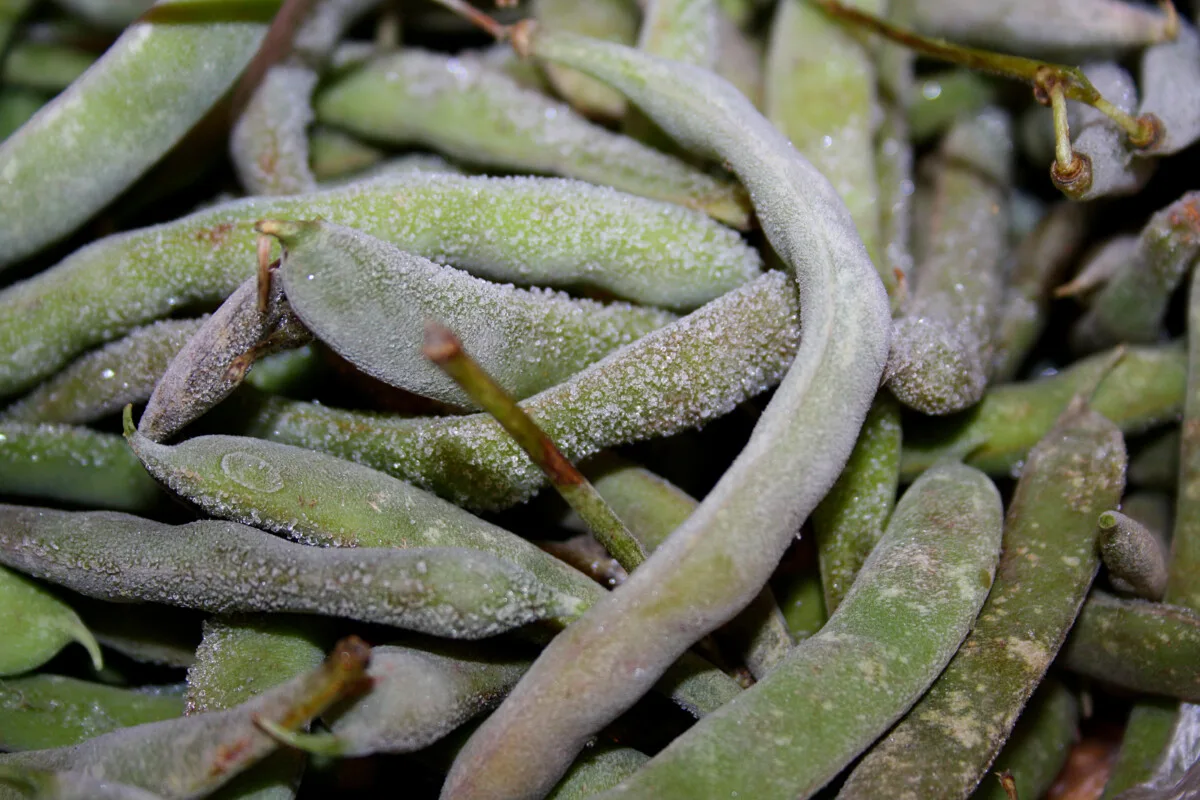
NOAA looks at years of past data and averages those numbers to estimate when an area can expect its first and last frost. Unfortunately, the weather patterns seem to be changing much quicker in the past few years, making these guesstimates a bit unreliable.
It’s no surprise then that the first frost of the year may find you unprepared, whether it’s because it’s much earlier than expected or so late that you gave up keeping an eye out for it. In either case, if you’re caught unaware and wake up to a silvery garden full of frost-kissed vegetables, all is not lost.
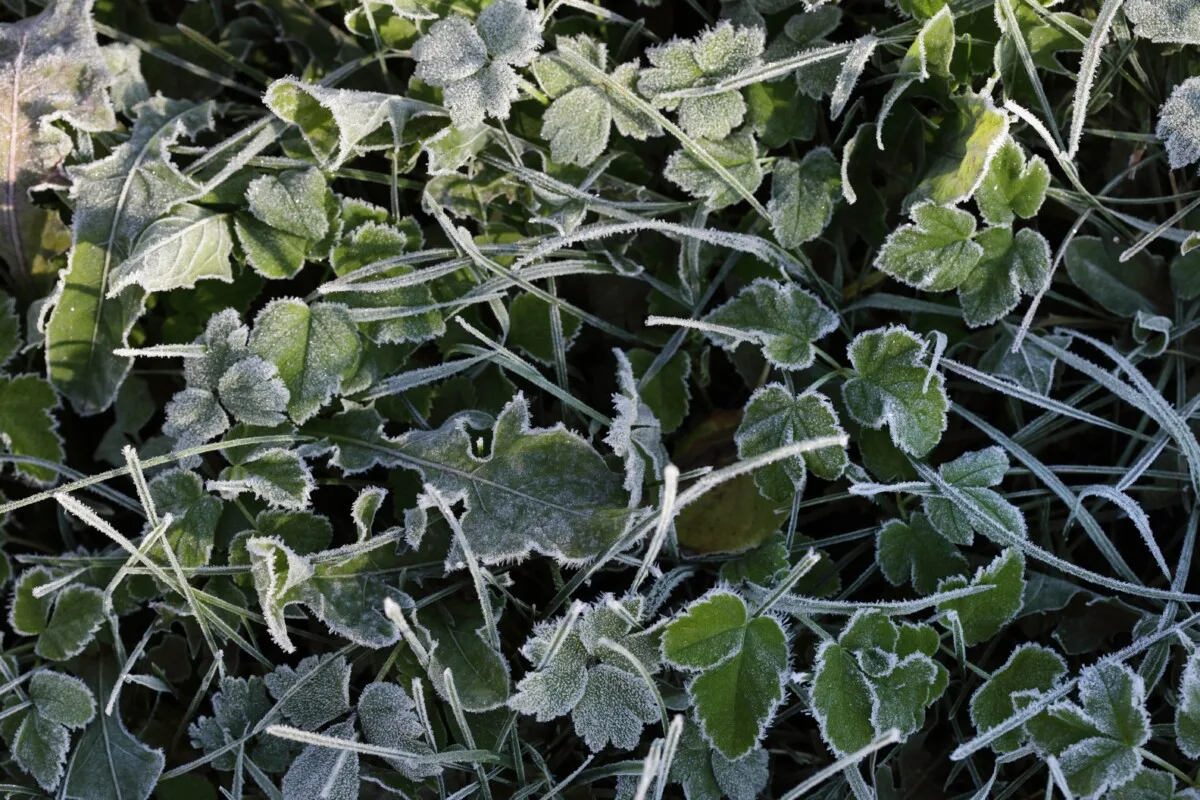
Don’t Panic – Assess the Damage
While even a light frost can kill some plants, it’s important to remember you can usually still harvest and eat the vegetables if you’re quick.
You’ll need to assess the damage to determine which vegetables are edible and which will be a contribution to the compost bin. Wait until the afternoon to make this assessment. By this time, the plants will have warmed and bounced back if they’re going to, making it easier for you to determine the extent of the frost damage, if any.
What is Frost Damage?
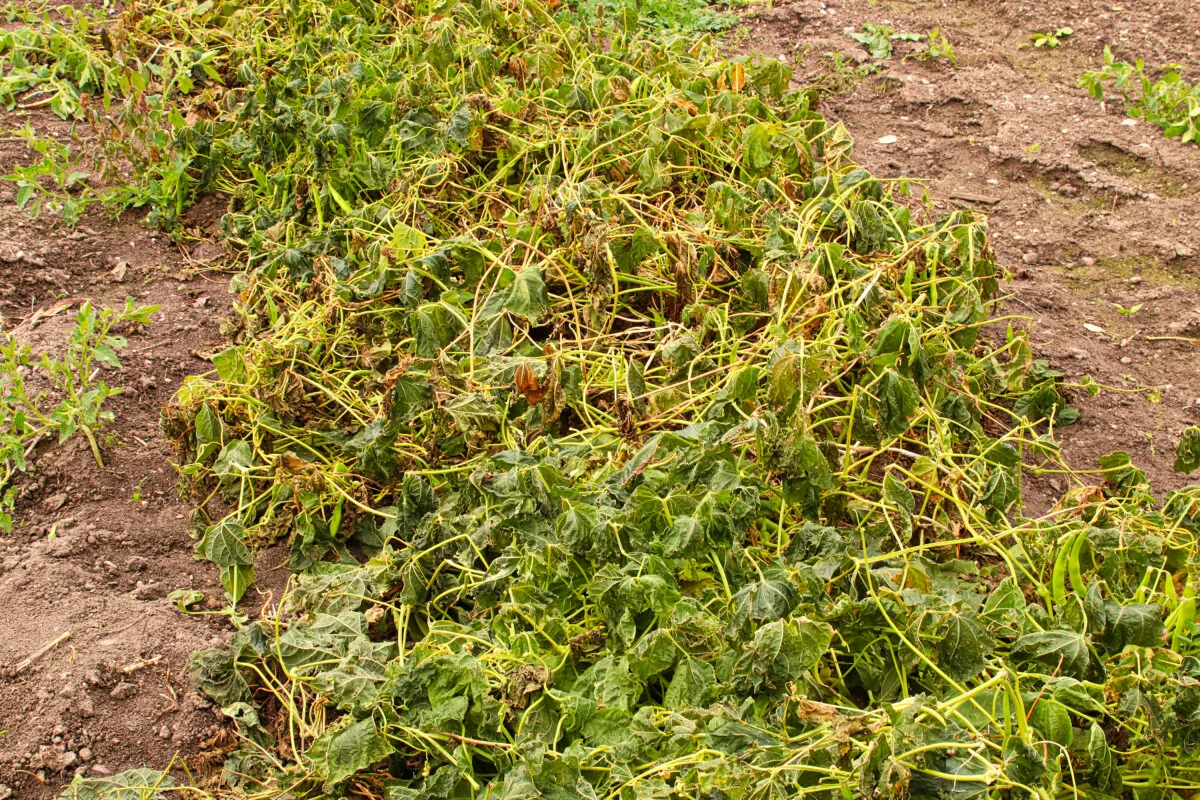
When a frost occurs, the water in plants freezes, and the sharp crystals pierce the plant’s cell walls. As the ice crystals melt, the cells collapse, leaving you with mushy veggies that will quickly rot. On the other hand, sometimes the main plant will die, but the fruit is fine. However, since the plant no longer supplies the fruit with water and nutrients, those vegetables will rot if not picked right away. You may find that some veggies on the same plant will be fine, while others are damaged beyond edibility.
Which Plants Are More Likely to Be Affected?
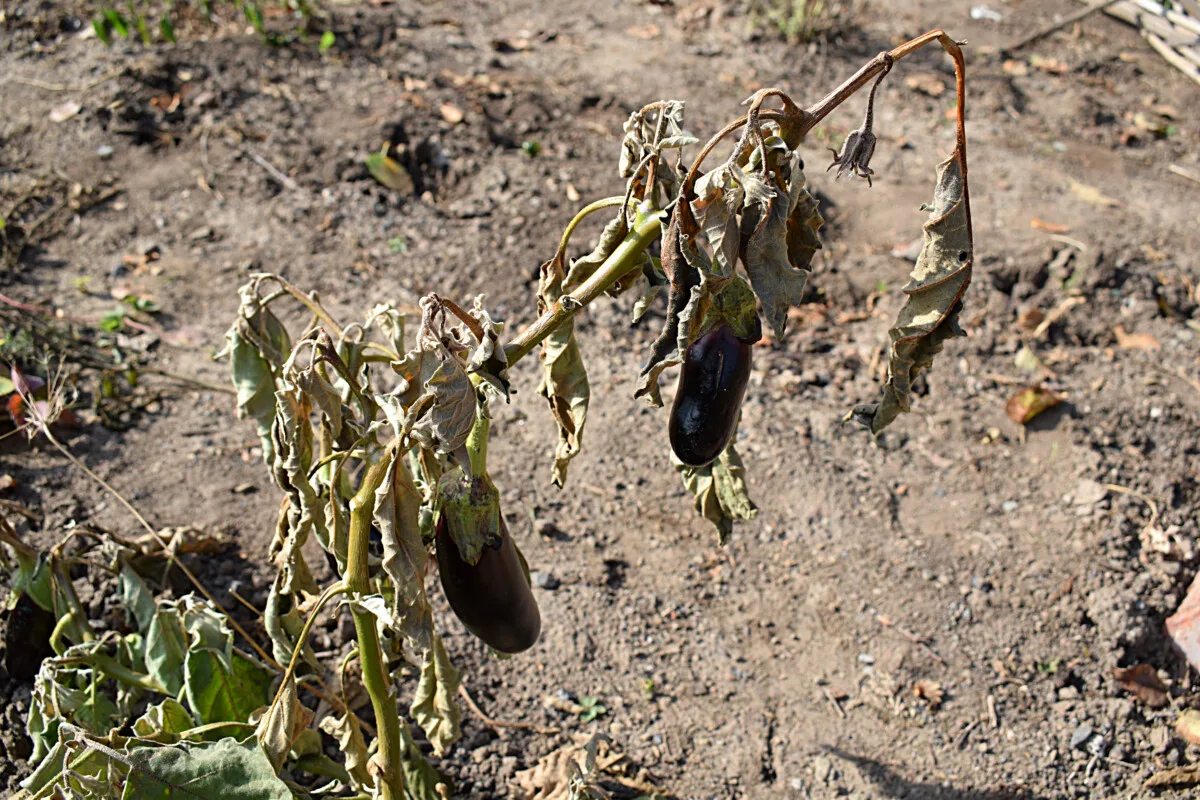
Something to keep in mind is the higher the water content of the vegetable, the more likely it will turn to mush once the sun comes up and burns away the frost. On the other side of that spectrum, more fibrous vegetables tend to handle frost better as their fibrous cells are much harder for ice crystals to pierce.
Some vegetables even get sweeter with a couple of frosts.
Nearly all your nightshades are high in water; even a light frost can kill the plant. Tomatoes, peppers, and eggplants are all susceptible to light frost. Some cucurbits, like summer squash, cucumbers and melons, are also easily frost-damaged. However, you’ll likely be able to pick and eat some of the vegetables if the plant takes the brunt of the damage.
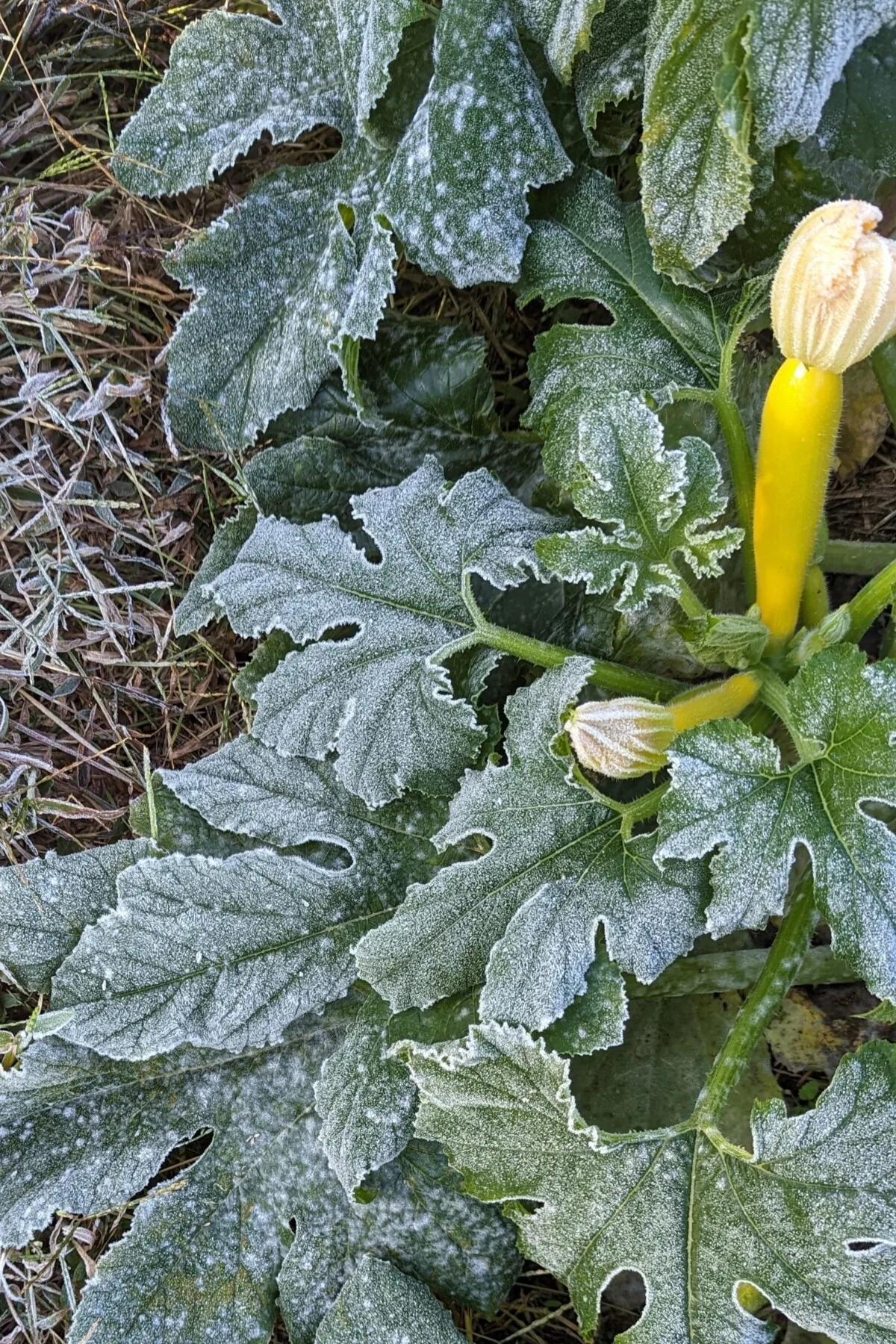
Legumes are another plant where you might be able to salvage the beans or peas even if the plant has taken damage.
Lettuces, arugula and the like usually do fine with a light frost, although a hard frost will wipe them out completely. Again, check these plants in the afternoon, as they might look a little wilted in the morning but can perk up later in the day.
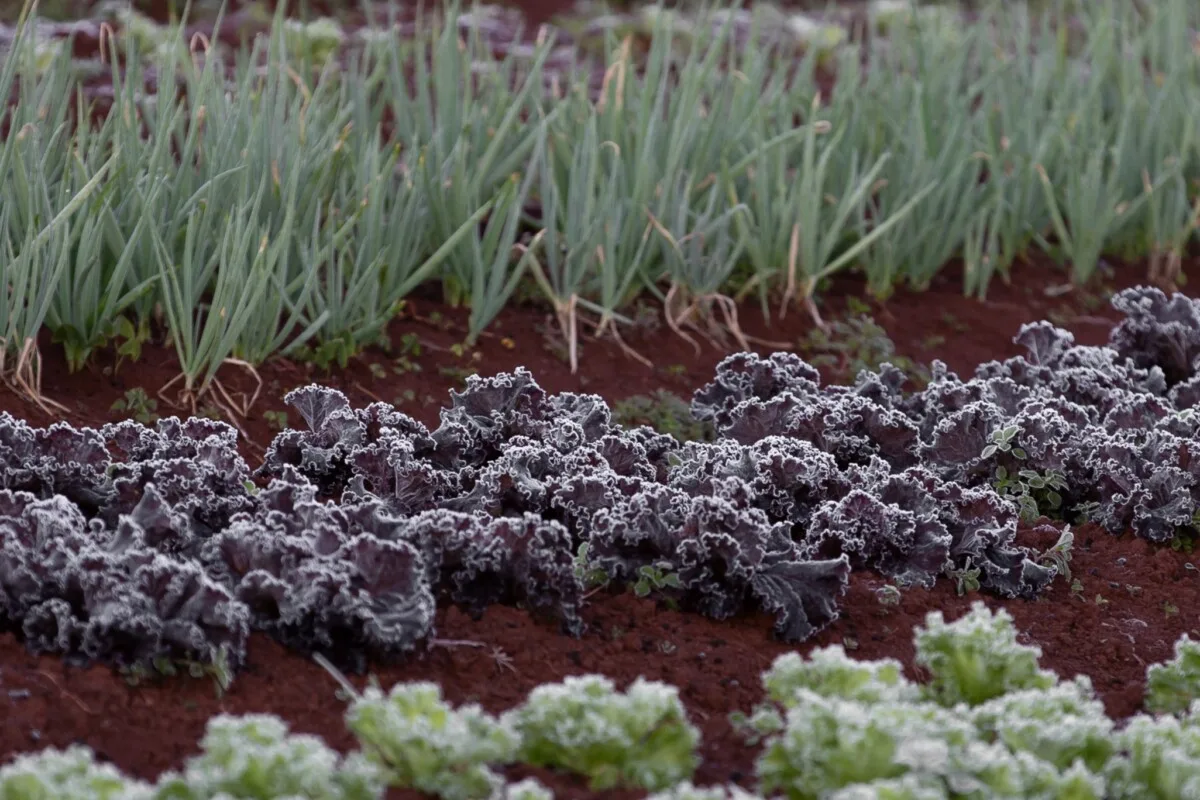
When checking vegetables for frost damage, look for severe discoloration and mushiness.
You’ll want to pitch those ones onto the compost pile. They’ve suffered too much frost damage and won’t be any good. However, a small blemish or two can easily be cut away. Or a slightly softened vegetable may be fine if you pick and eat it immediately. You can usually tell by the afternoon, just by appearance, whether or not a vegetable is still good to eat.
Enjoy Some Sweet, Frosty Brassicas
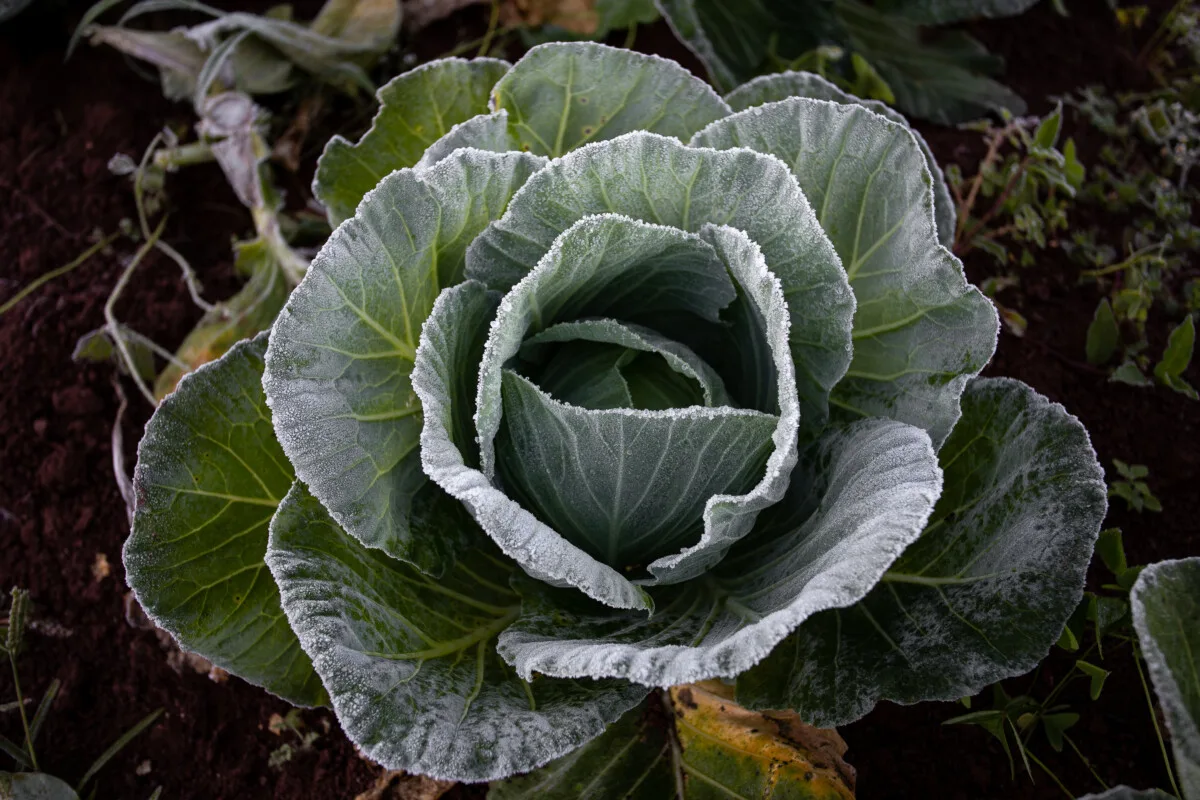
When discussing eating frost-damaged vegetables, it’s good to remember that frost isn’t all bad. Brassicas actually improve their flavor with a frost or two. Frosts help to concentrate the sugars in these plants, making them sweeter. Brussels sprouts, kale and many other plants in your fall garden benefit from a frost.
Harvest and Store Right Away
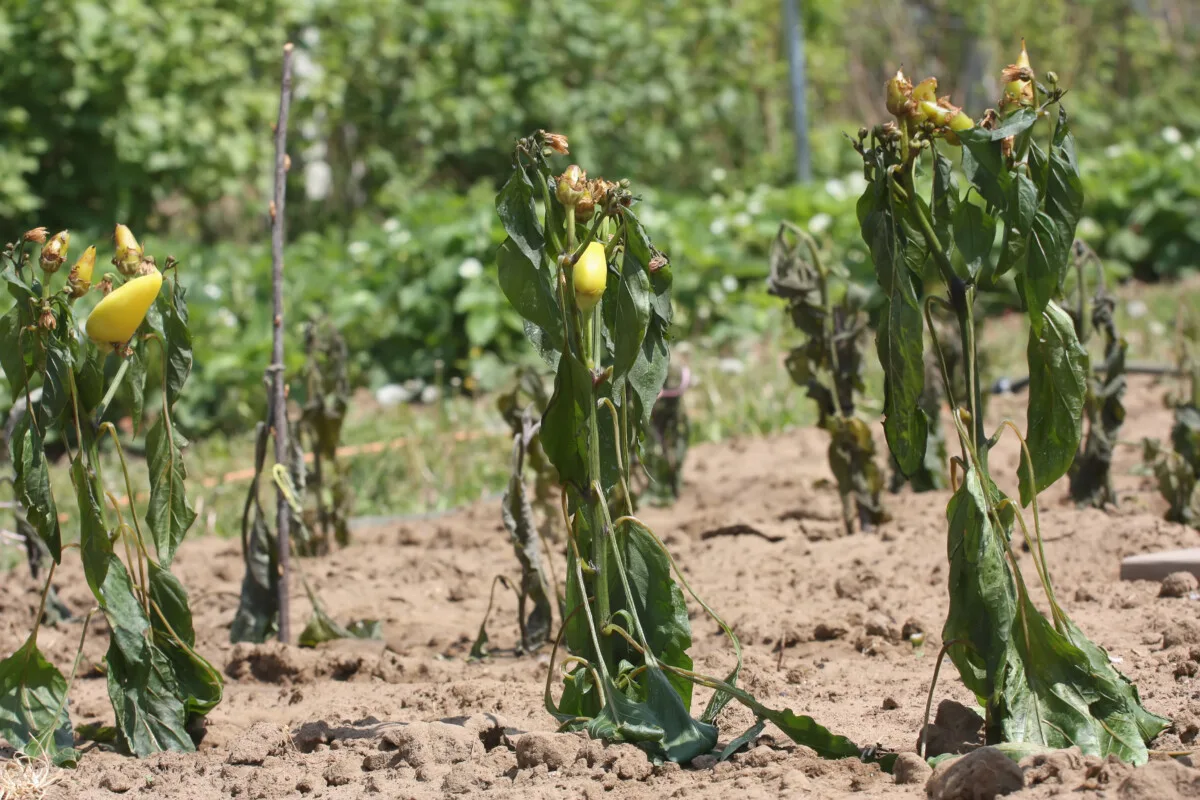
You need to pick and use vegetables with minor frost damage right away. It’s a good idea to give them a nibble in the garden and ensure the flavor hasn’t been affected. Tomatoes lose their flavor rapidly in the cold. They’re one of many vegetables you shouldn’t store in the fridge. Avoid canning these vegetables unless you cook them into something else, such as a soup or sauce.
Plan Ahead for Future Frosts
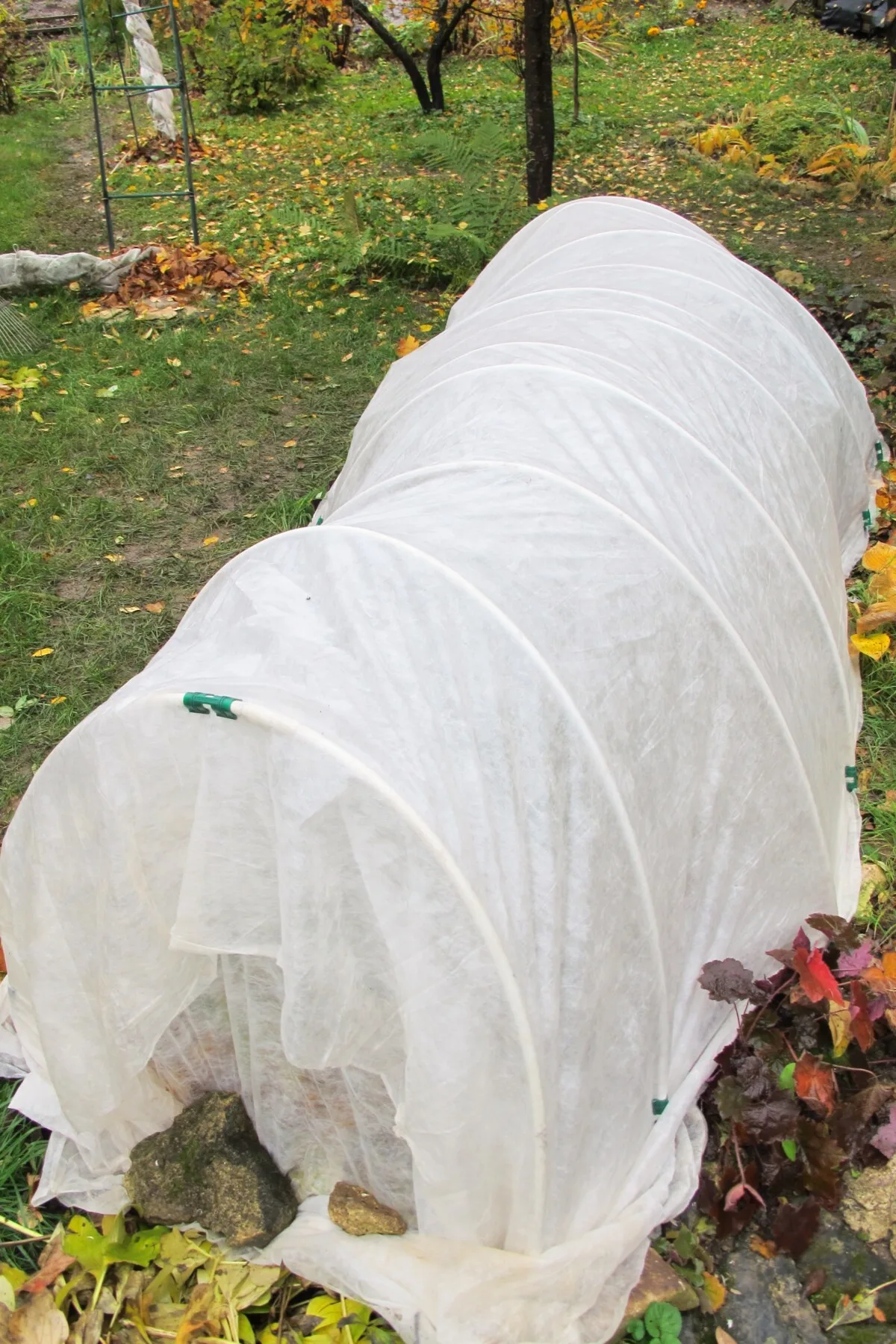
Having an idea of your first expected frost date is a good idea, even if it seems they’re changing. Generally, there’s a two to three-week buffer around that date, so you can start taking precautions within that window.
- As fall progresses, track your local extended weather forecast, so you know when overnight temperatures will start dropping down towards the freezing range.
- If you use an app on your phone to track the weather, see if it has a setting that will notify you when a frost is expected in your area.
- Make sure you have a plan ready to go well before that first expected frost date. We’ve got you covered with numerous ways to protect plants from a sudden frost.
Of course, you can also take that frosty cue from Mother Nature and pack it in for the year. Both you and your garden deserve a rest.

Get the famous Rural Sprout newsletter delivered to your inbox.
Including Sunday musings from our editor, Tracey, as well as “What’s Up Wednesday” our roundup of what’s in season and new article updates and alerts.

